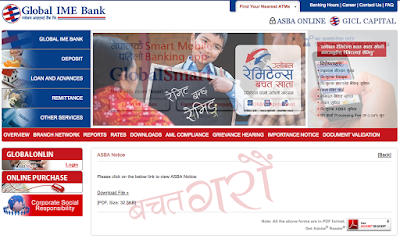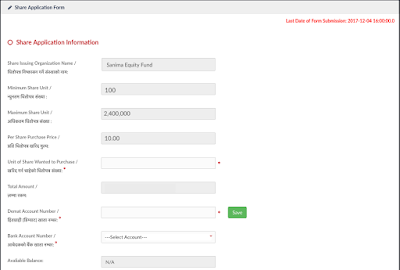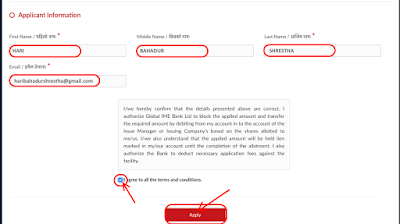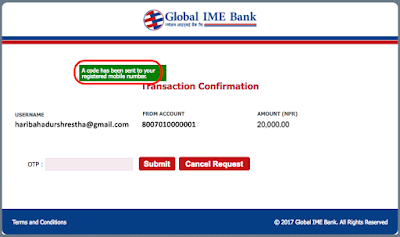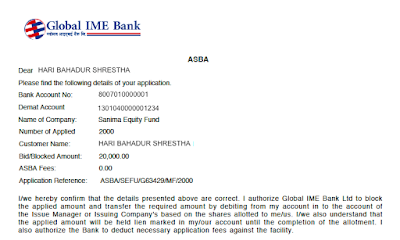Methodological breakthroughs over the past four decades have repeatedly revolutionized transcriptome profiling. Using RNA sequencing (RNA-seq), it has now become possible to sequence and quantify the transcriptional outputs of individual cells or thousands of samples. These transcriptomes provide a link between cellular phenotypes and their molecular underpinnings, such as mutations. In the context of cancer, this link represents an opportunity to dissect the complexity and heterogeneity of tumours and to discover new biomarkers or therapeutic strategies. Here, we review the rationale, methodology and translational impact of transcriptome profiling in cancer.

Transcriptomics is the large-scale study of RNA molecules by use of high-throughput techniques. It examines the abundance and makeup of a cell's transcriptome. In contrast to DNA, which is largely identical across all cells of an organism, the actively transcribed RNA is highly dynamic, reflecting the diversity of cell types, cellular states and regulatory mechanisms. Because a transcriptome profile can be regarded as a signature or snapshot of the underlying cell state, the experimental profiling of samples and specimens can provide insights into their unique biology.
Depending on the specific approach, transcriptomics can not only reveal the architecture of gene expression but also provide details on the structure, modification and variation of individual transcripts. Advances in transcriptome profiling, specifically the development of genome-wide methodologies targeting diverse RNA species, have enabled us to discover the seemingly endless complexity of RNA biology and to comprehensively annotate the human genome and other eukaryotic genomes. Arguably, transcriptomics is currently the most well-established modality and foundation of functional genomics, a field of study for which the goal is to synthesize large-scale data to understand the mechanisms that govern cellular and organismal phenotypes.
- RNA sequencing (RNA-seq) has the potential to bridge tumour genotypes (for example, mutations) and their phenotypic consequences (for example, cancer molecular subtypes).
- The field of transcriptomics has matured thanks to lockstep developments in experimental protocols, algorithms and databases.
- Methodological and algorithmic advances continue to enable clinical applications of transcriptome profiling.
- Detection of gene fusions is the most immediate application of RNA-seq.
- Gene expression signatures have demonstrated prognostic and predictive value.
- Transcriptome profiling will be essential for immuno-oncology.








